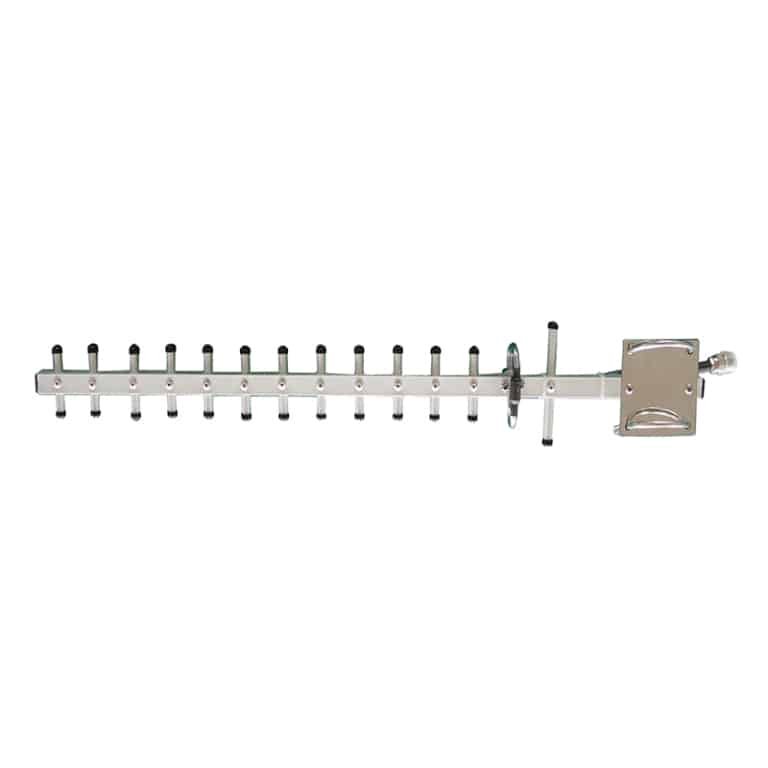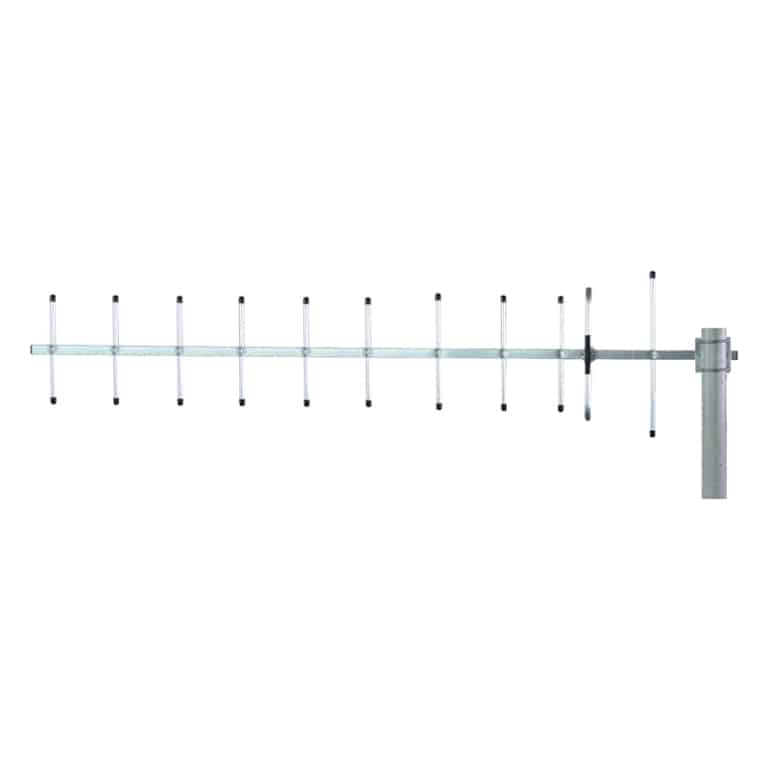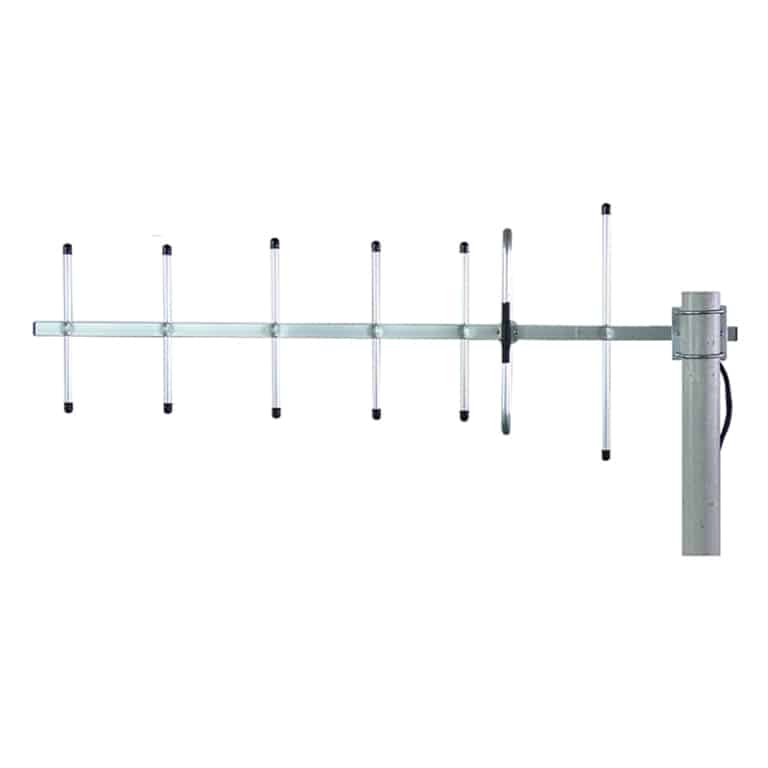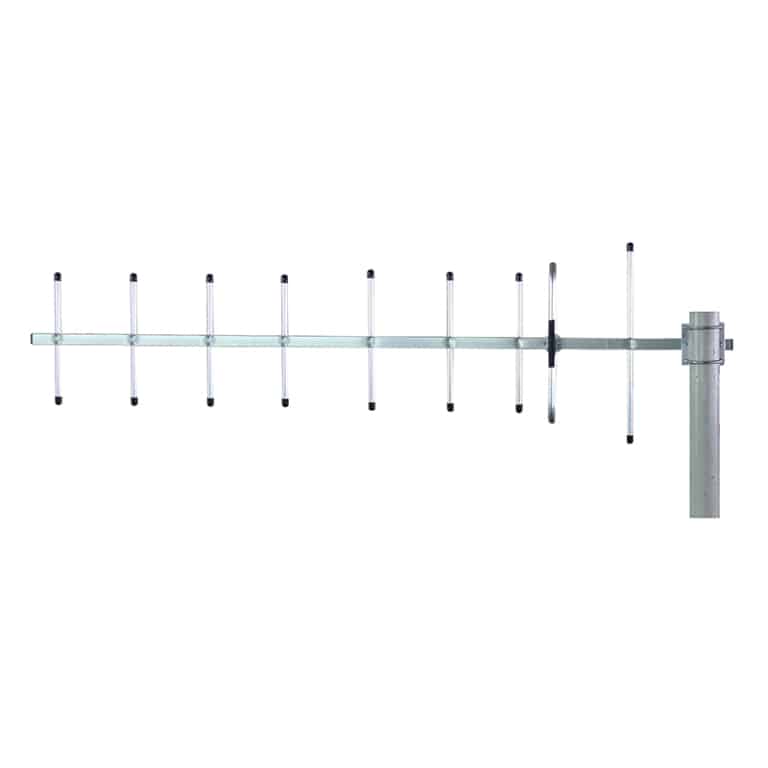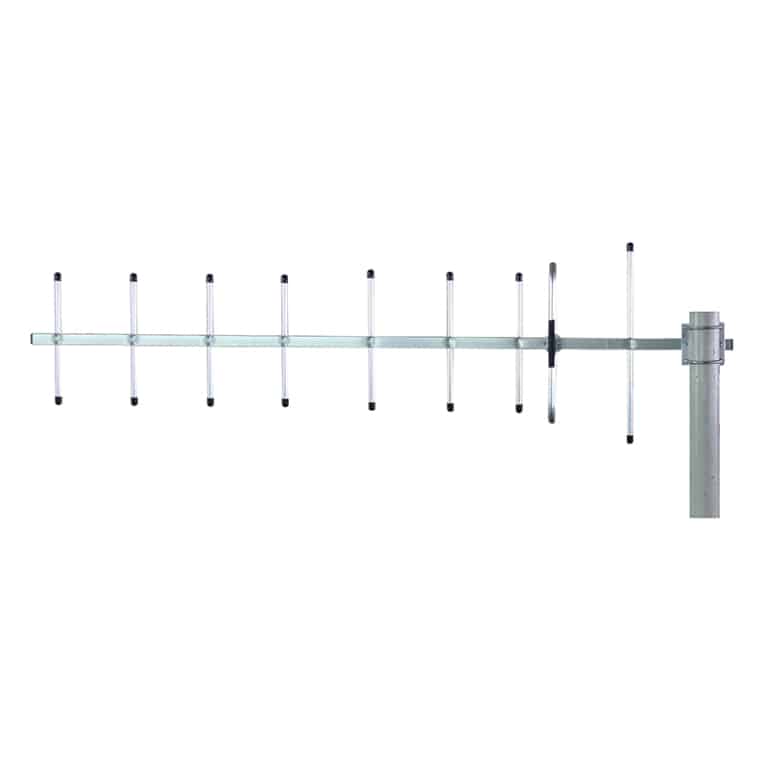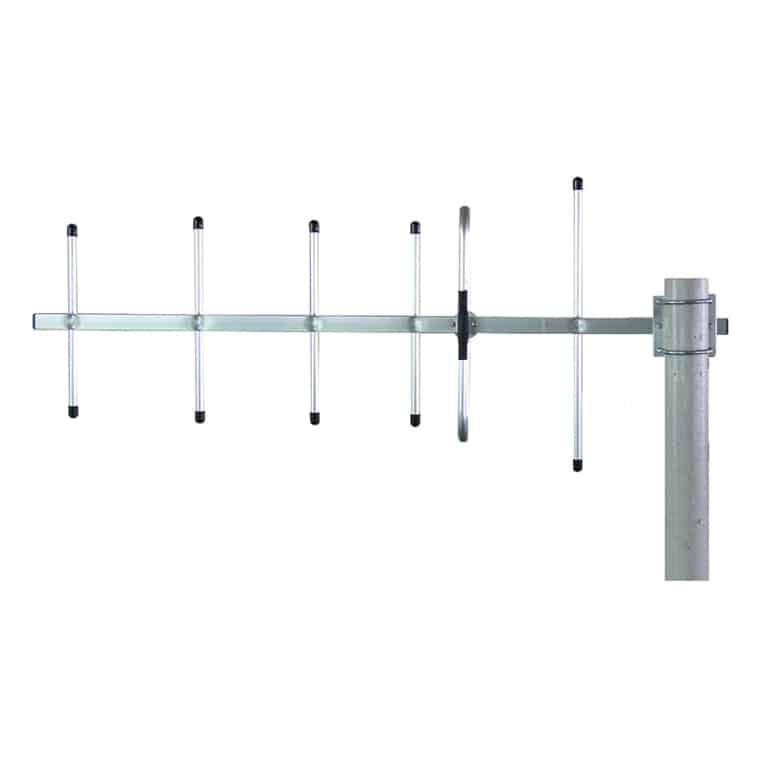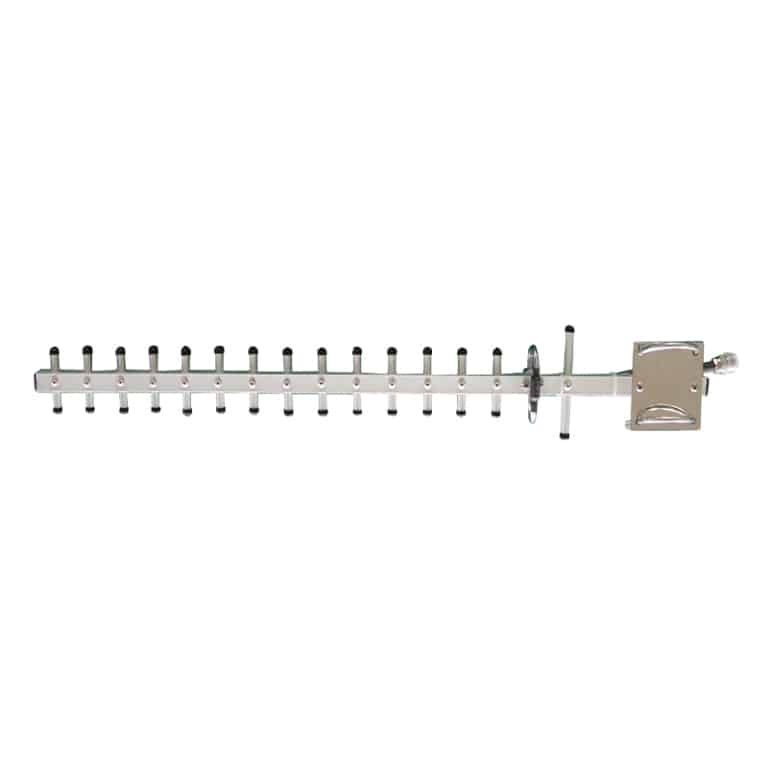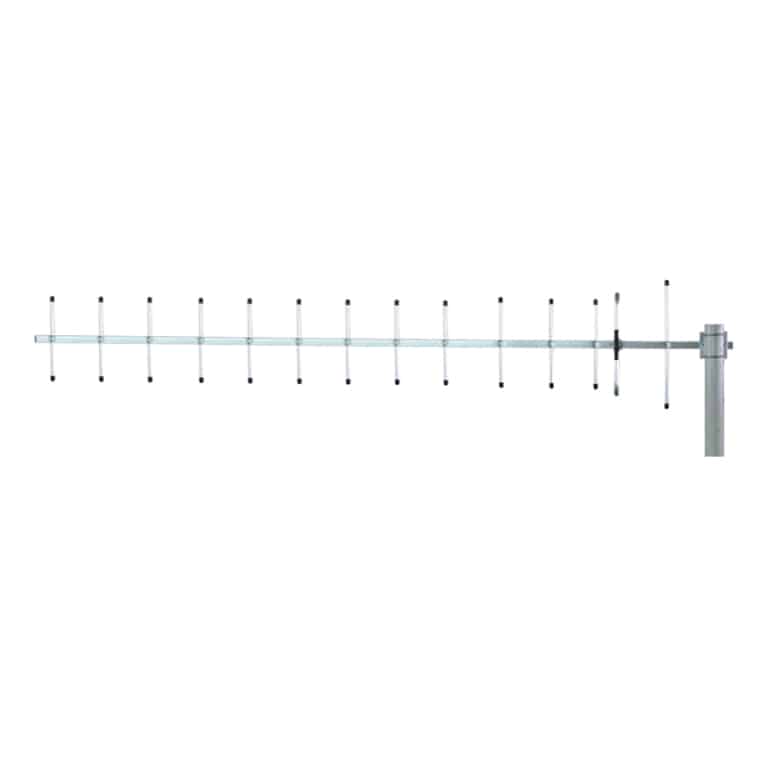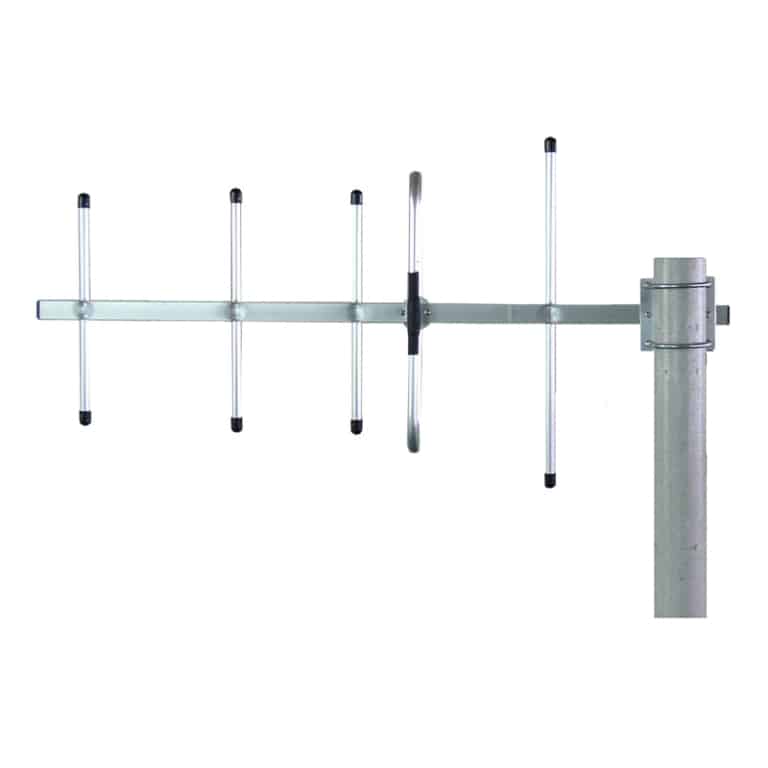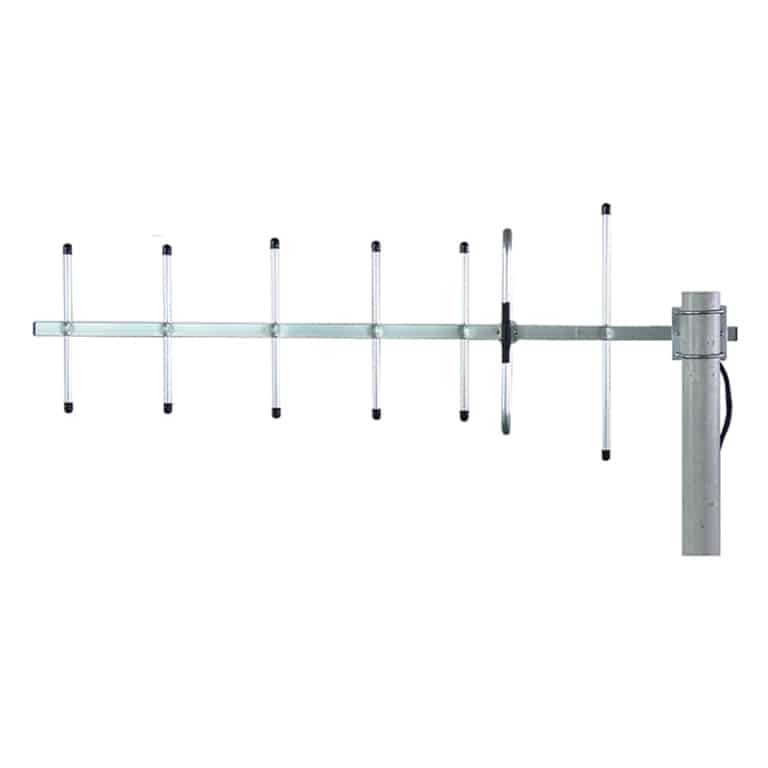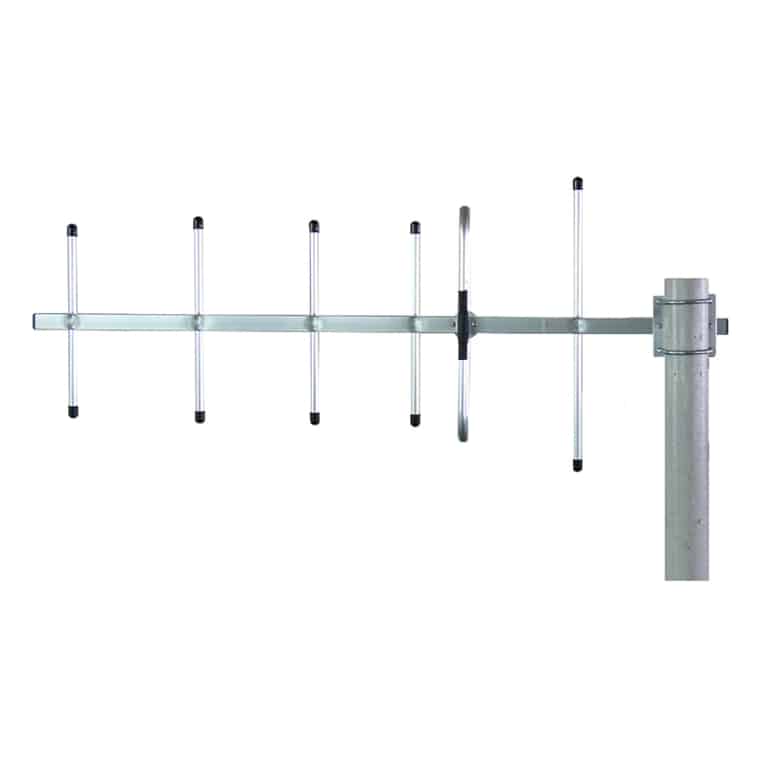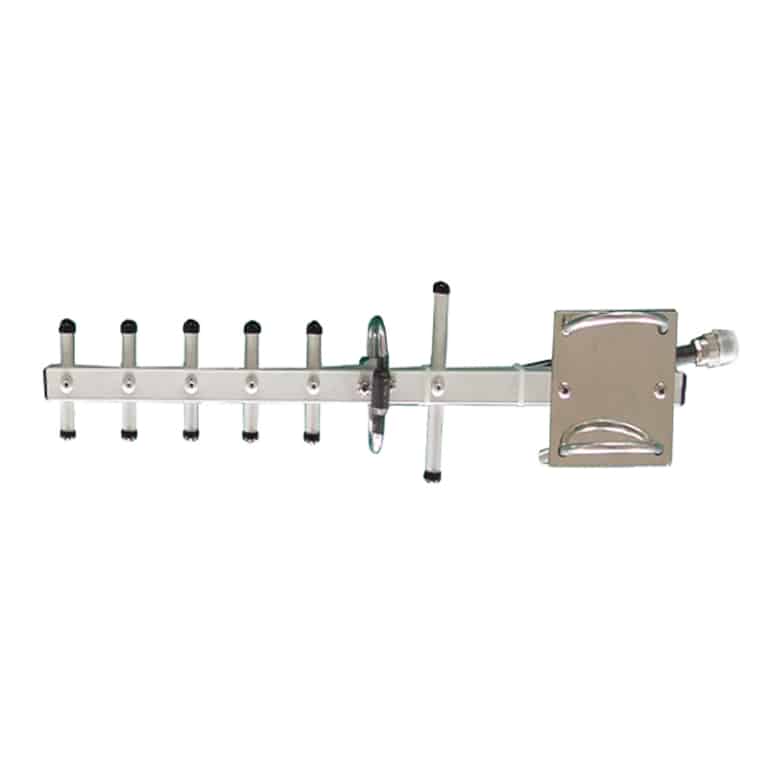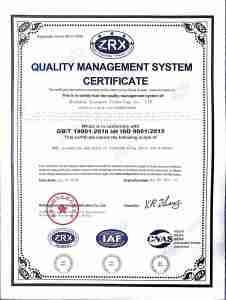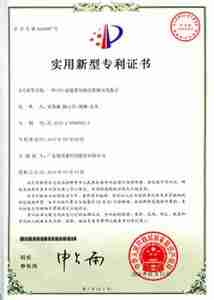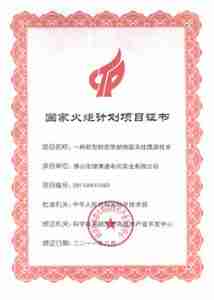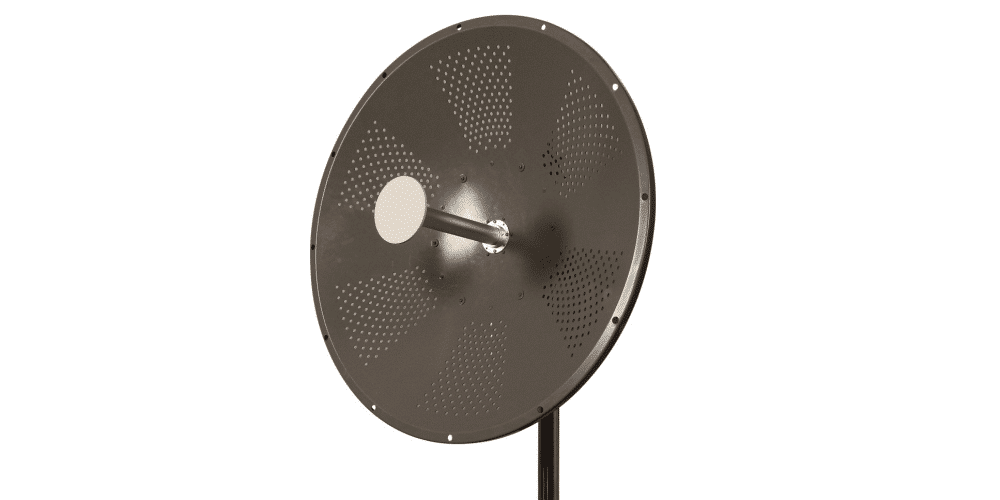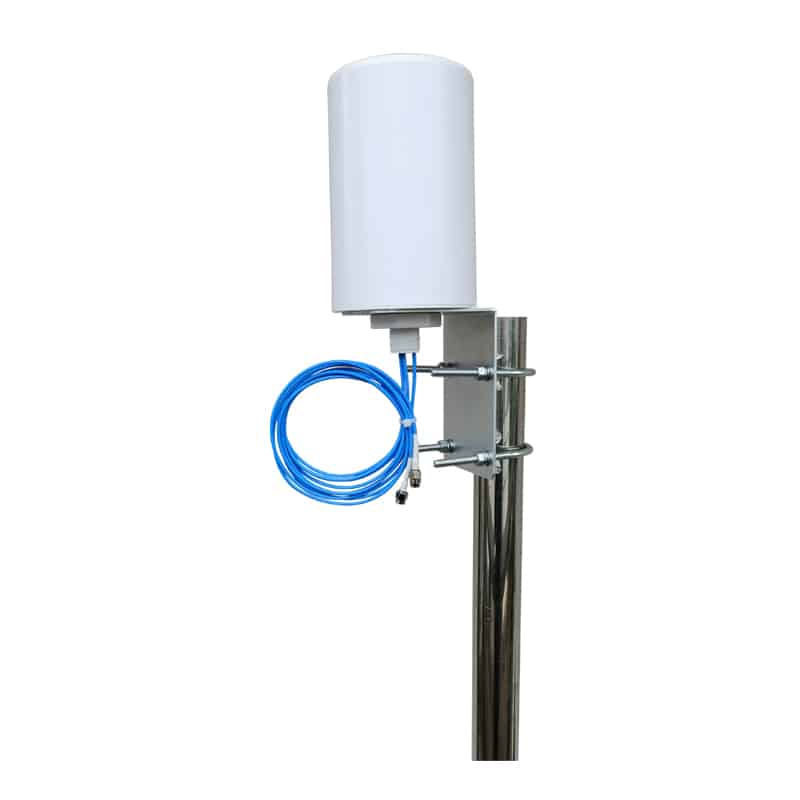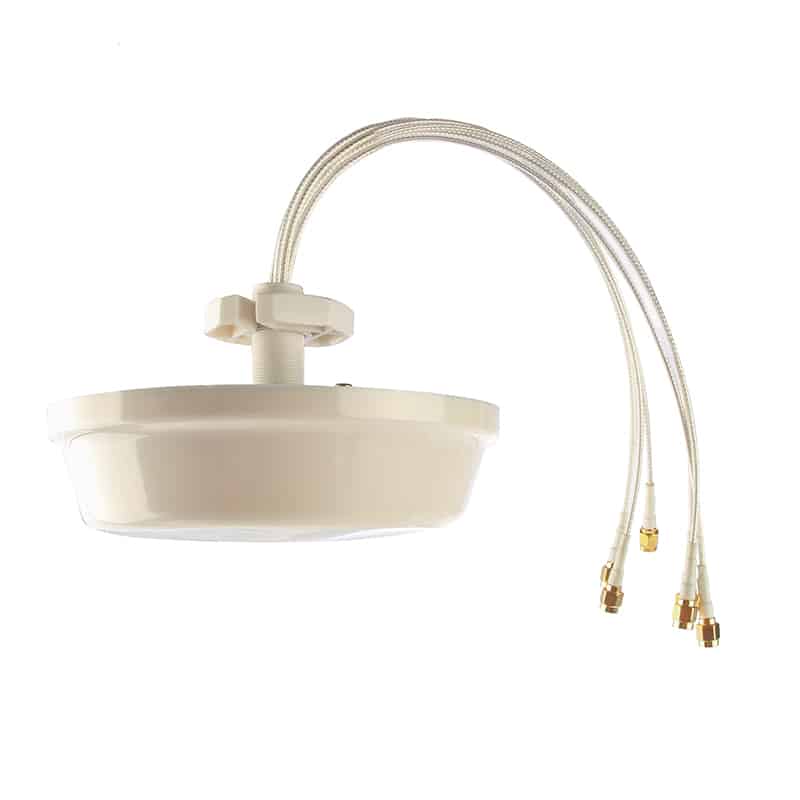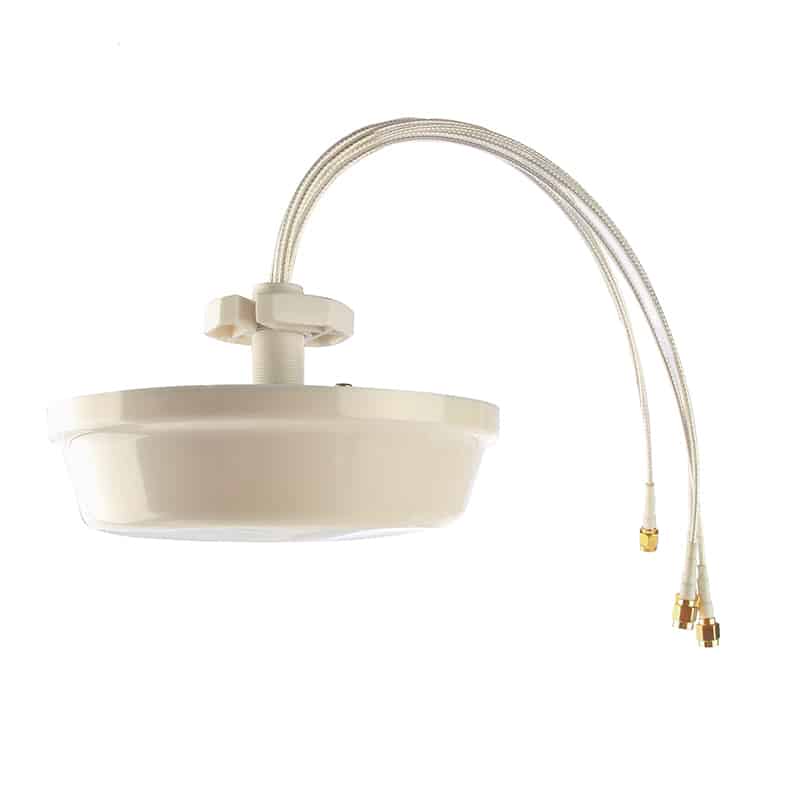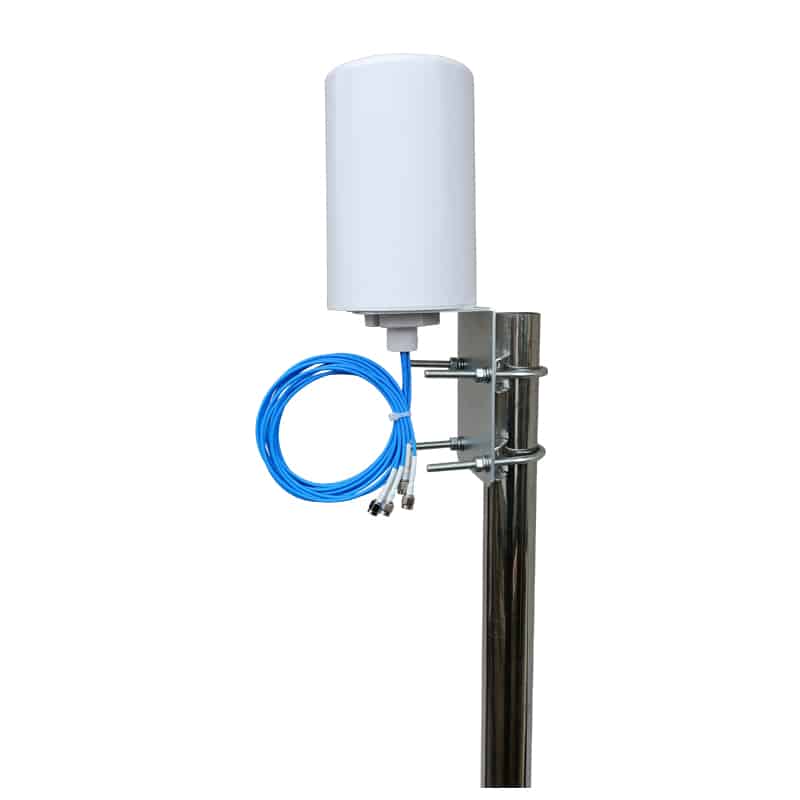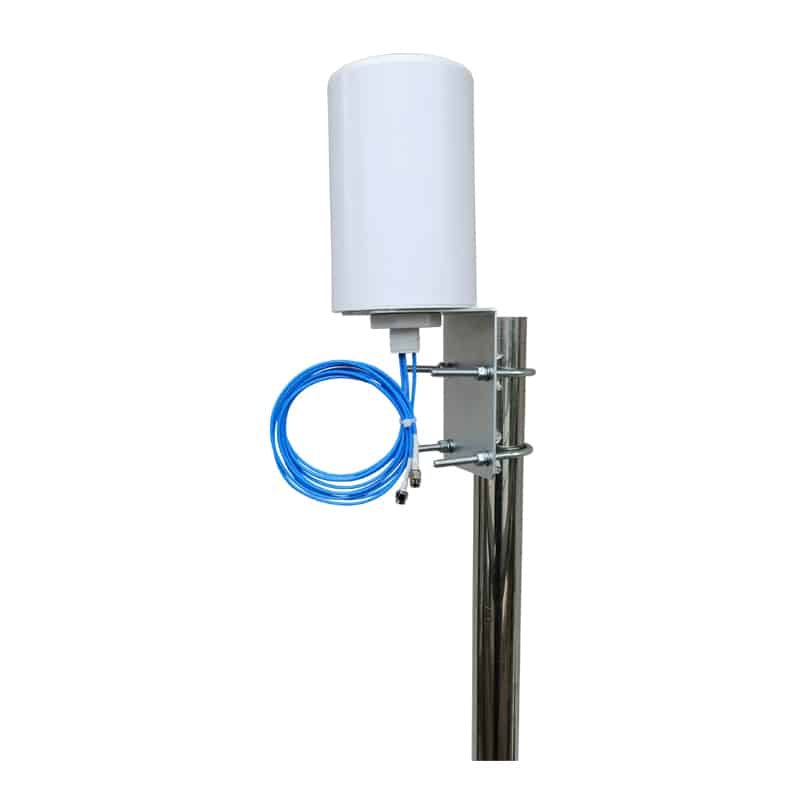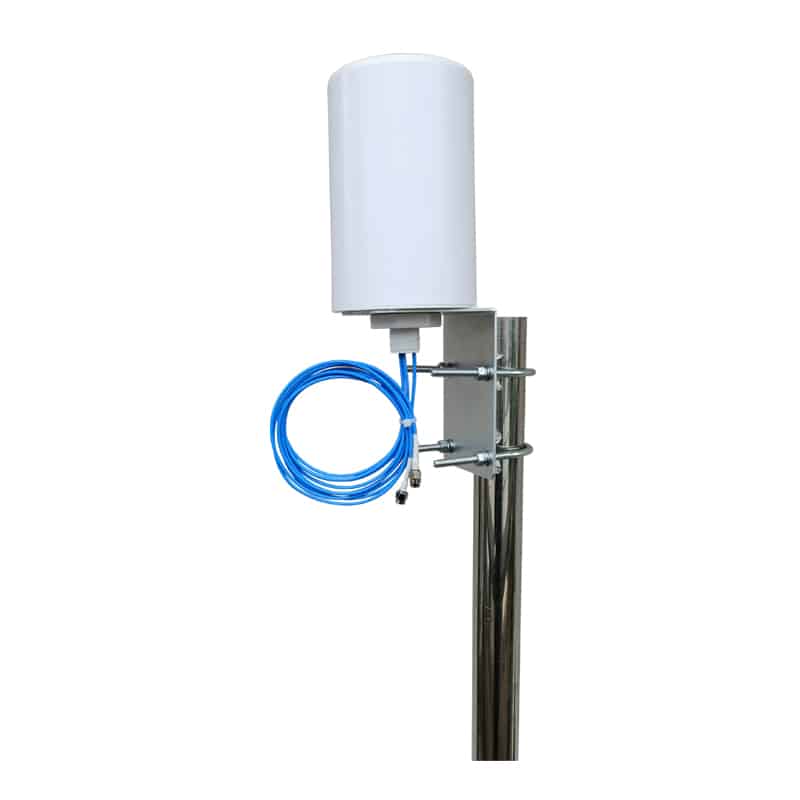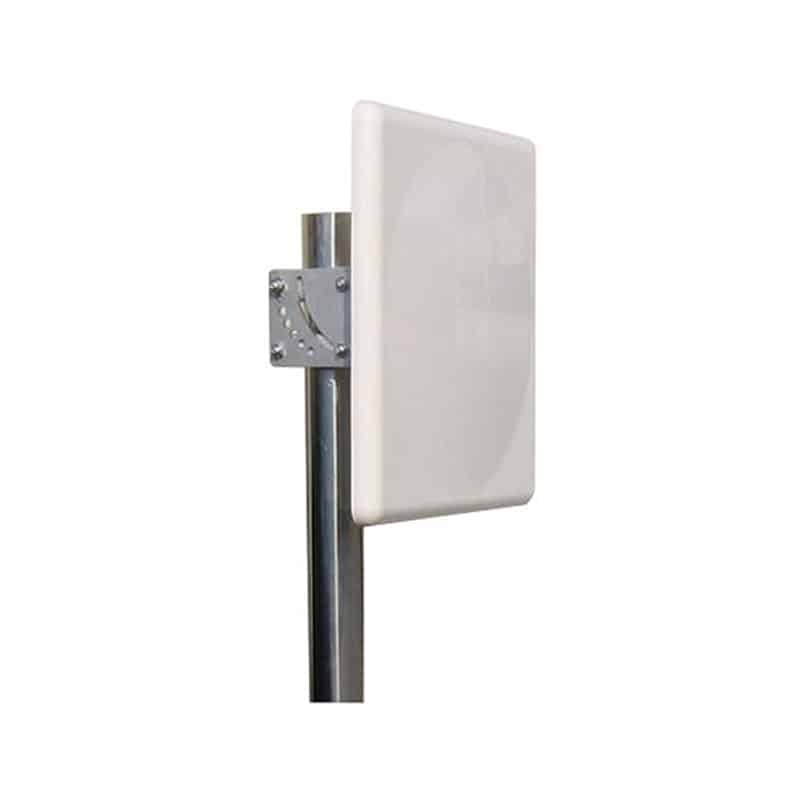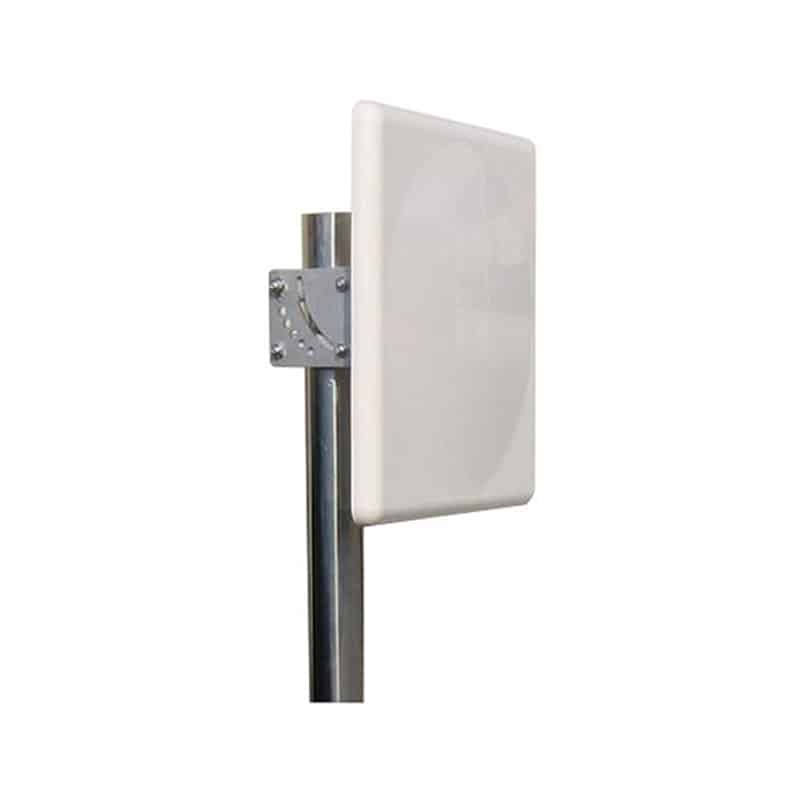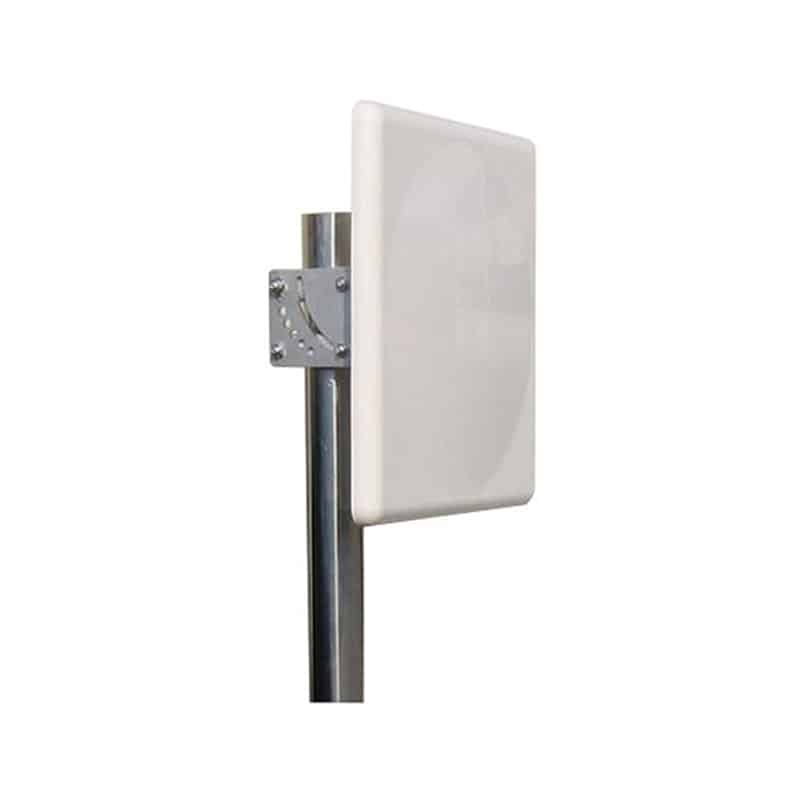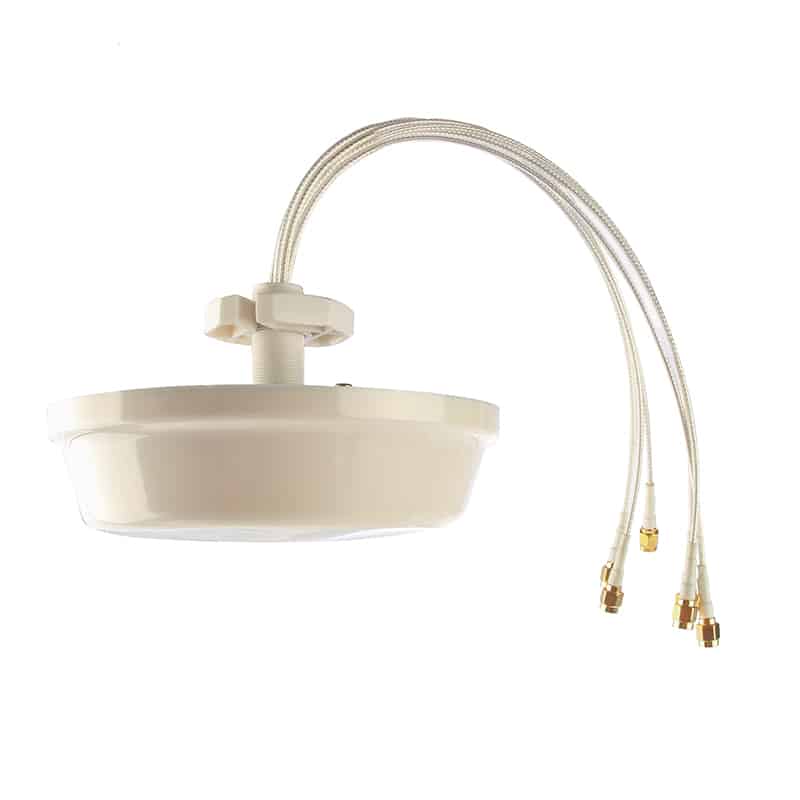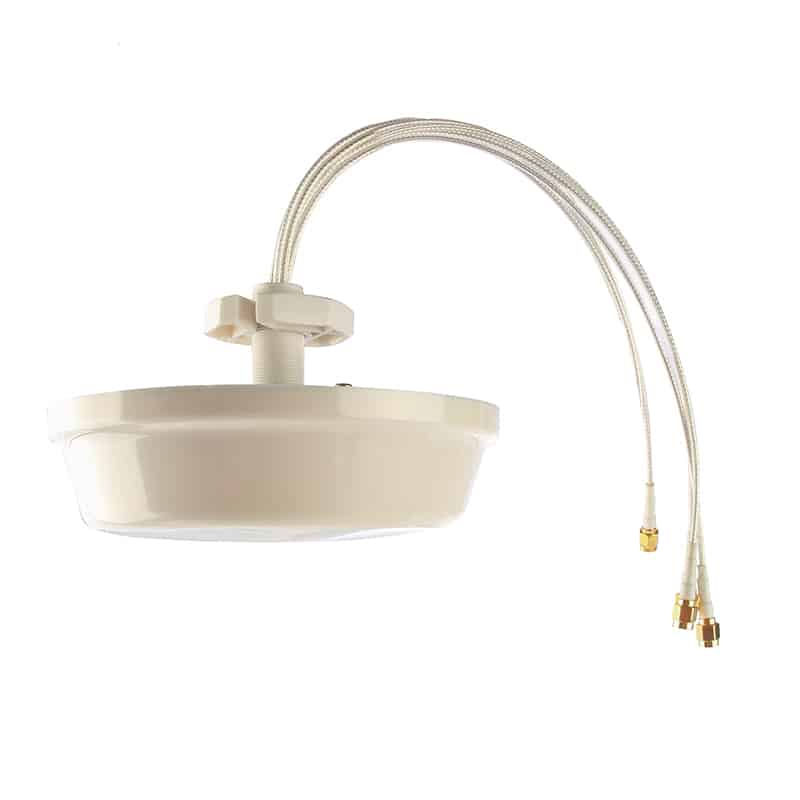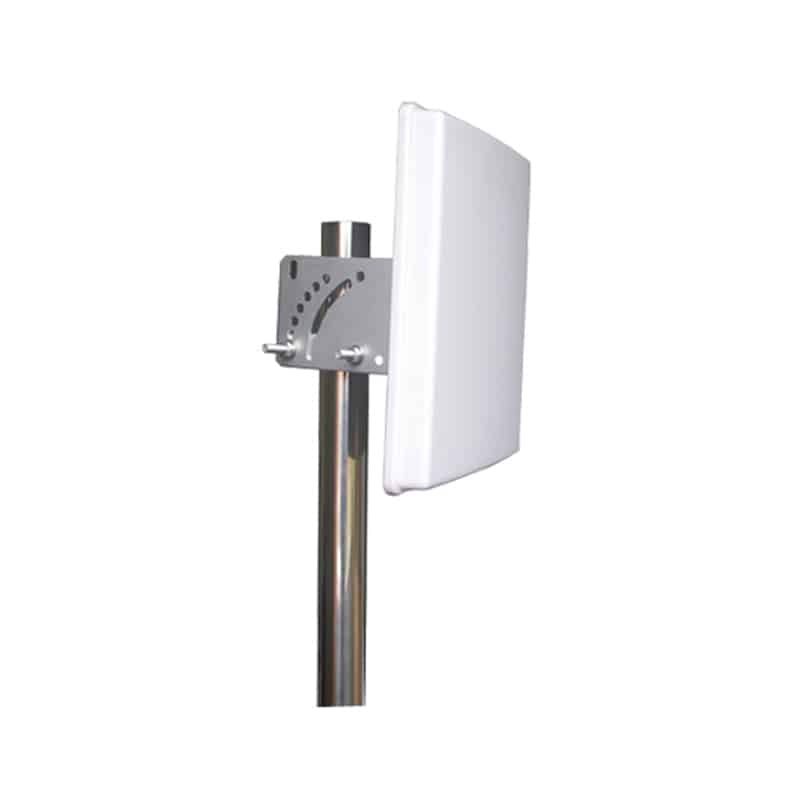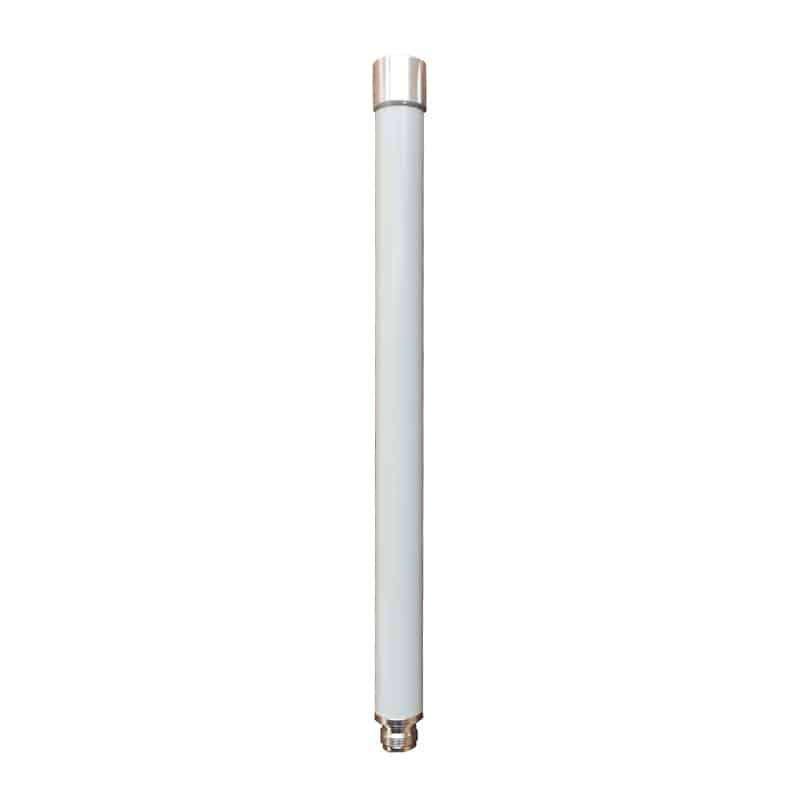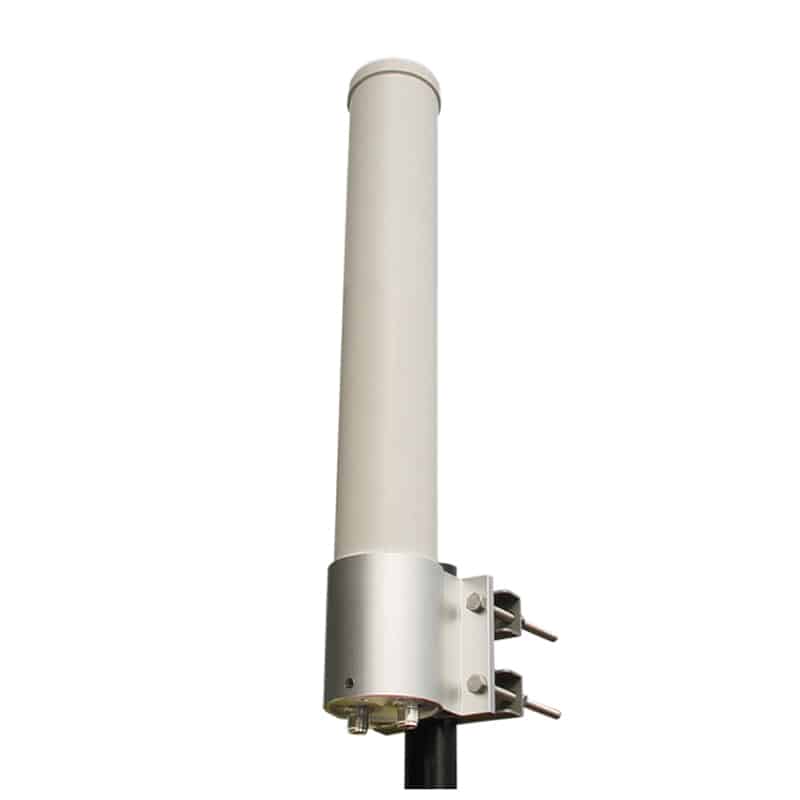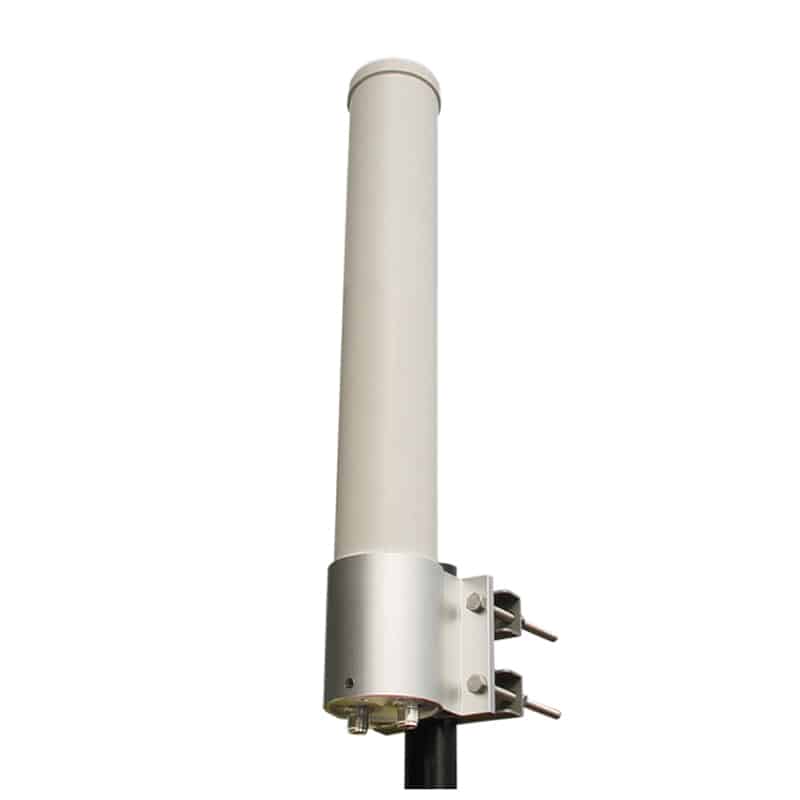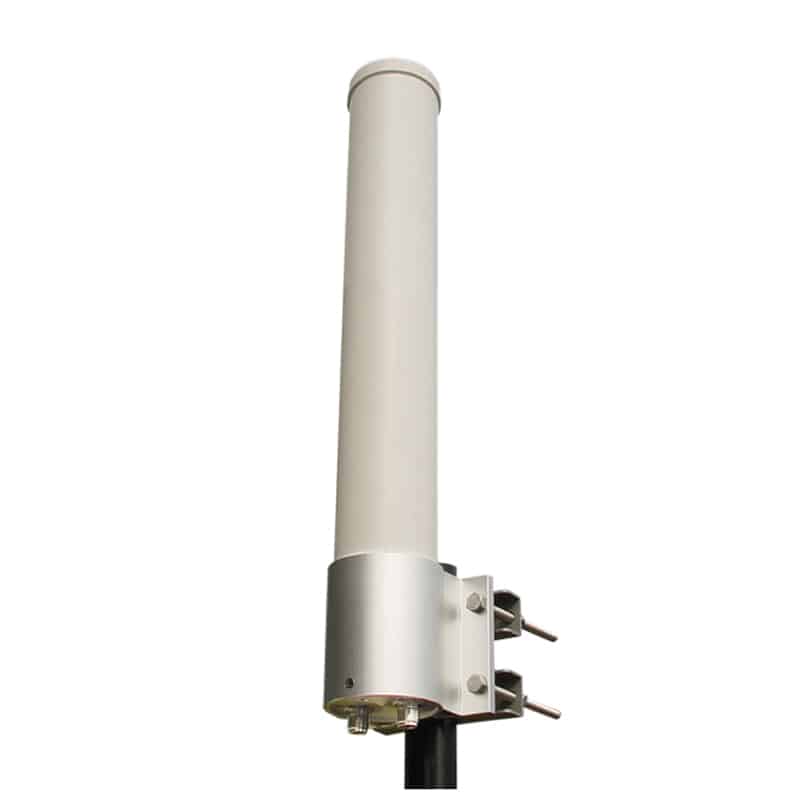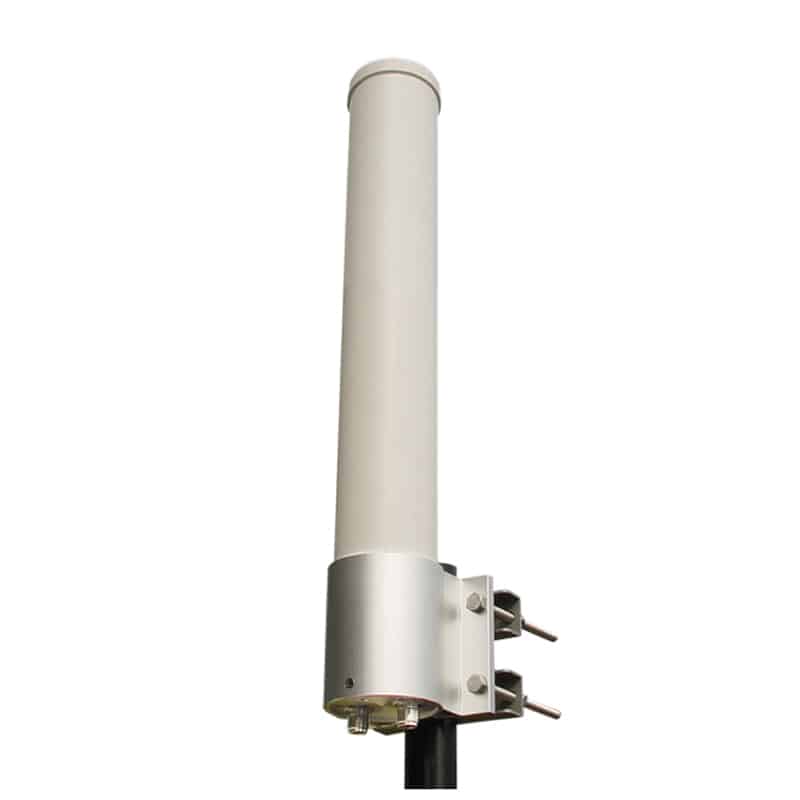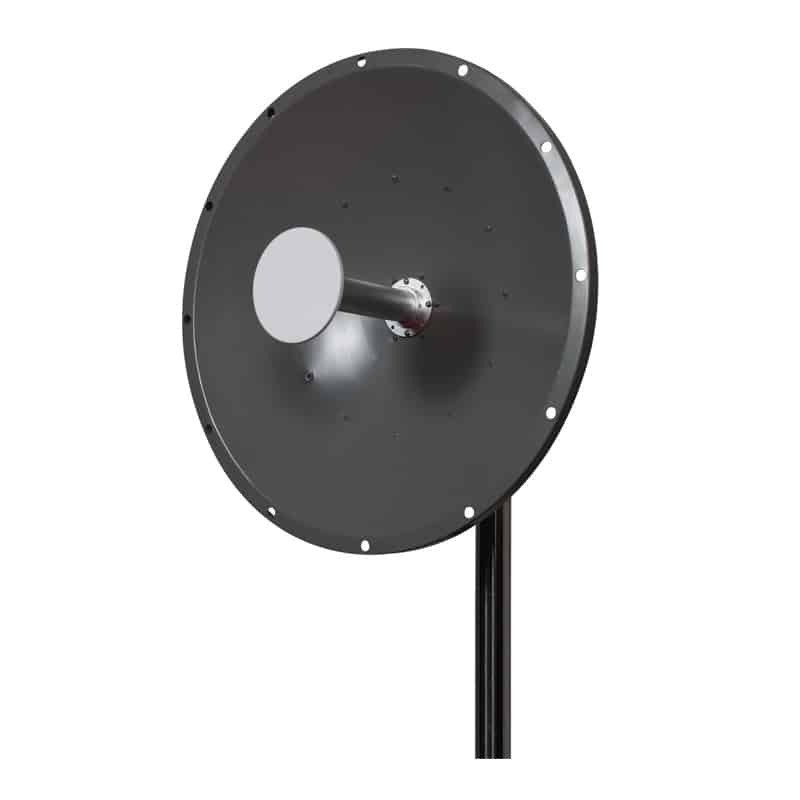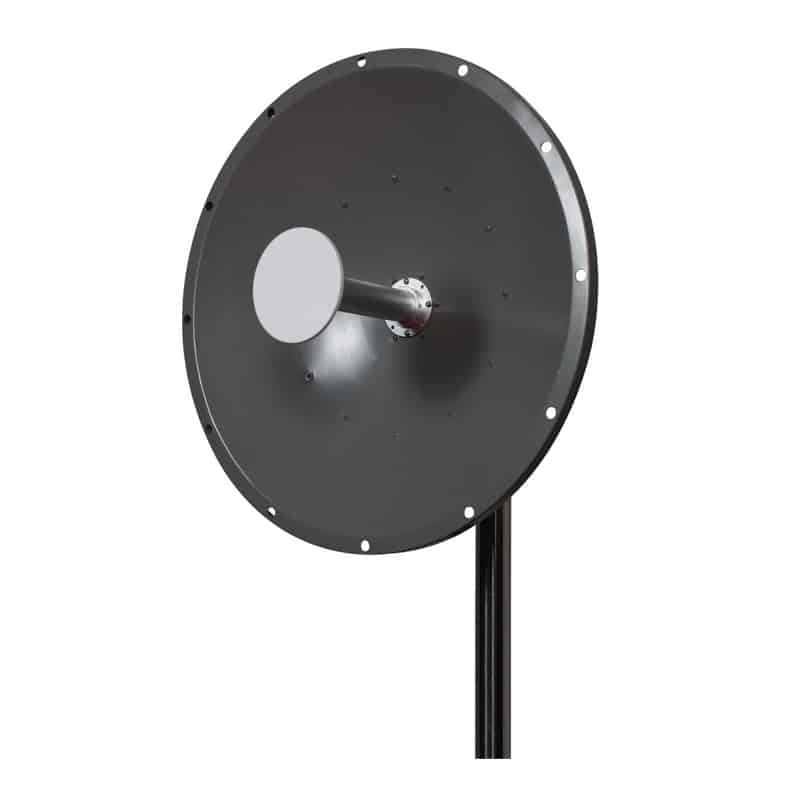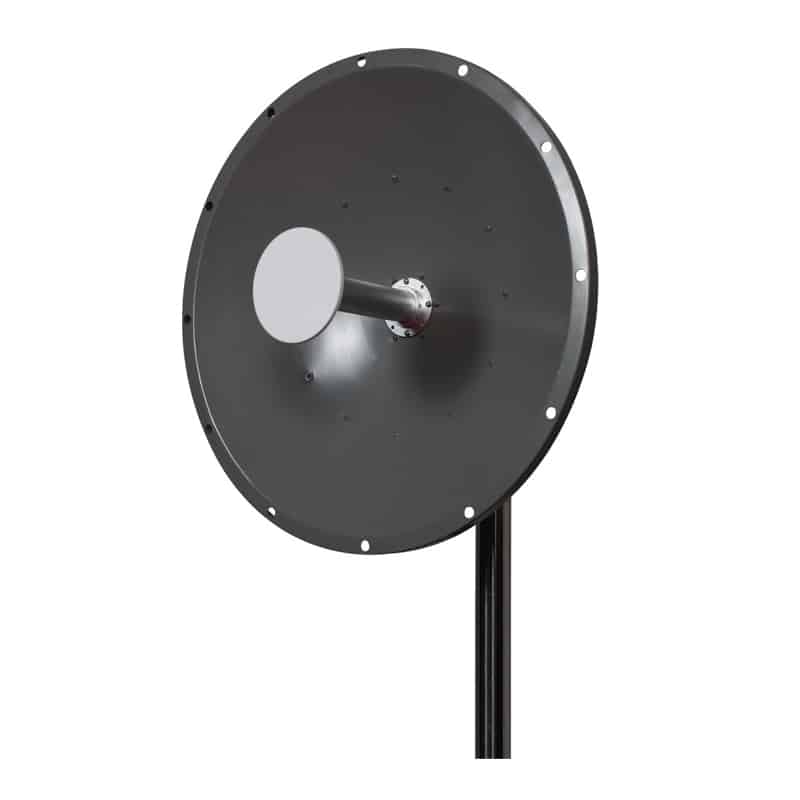Introduction
Antennas are essential elements in a communication system. They are responsible for transmitting and receiving signals wirelessly over a range of operations. Depending on the shape, size, and electromagnetic properties antennas can be categorized into several types of antennas. Among these different types of antennas, Yagi antennas play a crucial role in telecommunications.
In this article, we will explore how Yagi antennas work by understanding their design, history, and factors that govern their performance. Finally, we will investigate some of the widely used applications of Yagi antennas in different wireless communication systems.
Historical Background
Yagi antenna is a directional antenna that was introduced by two Japanese scientists in 1926. The scientists who invented the Yagi antenna are Shintaro Uda and his supervisor Hidetsugu Yagi. Shintaro was responsible for formulating the theory behind the antenna while Yagi helped him to popularize his ideas with the global community. The oldest application of Yagi antennas involved radar systems used in World War II. However, with the end of the World War, they were used as home television antennas.
With the advancement of technology and time, the initial design of the Yagi antenna was optimized and modified to cater to emerging application requirements. Over the years, Yagi antennas have conquered many application domains including satellite communications due to their simple and elegant design. Apart from satellite communication and as home television antennas, they have also now been used in the mining industry, amateur radio stations, and fixed cell phone reception centers.
Understanding the Design
Antenna design is understood by evaluating different electrical and magnetic properties of their design. When it comes to Yagi antenna, it consists of three main components, namely,
- The driving element: This element is responsible for providing supply current to the rest of the elements in the antenna. The length of the driving element depends on the operating frequency of the antenna.
- Reflector: These elements are responsible for mitigating the creation of side lobes in the antenna radiation pattern. The antenna radiation pattern is a depiction of the coverage achieved by antenna transmission and is characterized by the main lobe and side lobes. The main lobe carries most of the energy while side lobes carry less energy or stray radiation. Therefore, reflector elements are an important element in Yagi antenna design. Usually, the length of the reflector is about 5% of the length of the driving element placed at the rear-most end of the antenna.
- Directors: These elements are responsible for directing the signal or the electromagnetic radiation pattern in the given direction.
Furthermore, when it comes to the materials used for antenna manufacturing, Yagi antennas are manufactured mostly using materials such as aluminum, copper, and stainless steel where high durability is preferred. Finally, we have specified the Yagi antenna elements, their sizes, and other factors such as the number of directors, and spacing between directors depending on the operating frequency range and application.
How does Yagi Antennas Work?
We discussed important design aspects of the Yagi antenna in the previous section, now let us discuss the working principle of the Yagi antenna. The elements of the antenna are placed on a passive structure known as the boom. The rear end consists of reflectors which are metal rods. These reflectors coupled with directors ensure the radiation pattern is directional. The driving element is the only active component in the antenna usually placed as a folded dipole.
Yagi antennas are considered high-gain directional antennas where the typical Yagi antenna gain is about 8dB. However, Yagi antennas are considered as frequency-sensitive devices and their design would depend on the required operating frequency range. Furthermore, the bandwidth achievable with a Yagi antenna is narrow when compared to other types of antennas. Compared with other types of antennas such as patch and helical antennas, Yagi antennas have a higher gain and directivity.
Factors Influencing Performance
Now let us discuss some of the factors affecting the performance of the Yagi antenna performance. The performance of these antennas would depend on the following factors:
- Frequency of operation: When we design a Yagi antenna it will be operating at a specific frequency depending on the design parameters such as reflector and director spacing, length, and size. Therefore, operating frequency should be optimal to achieve the best performance.
- Length and spacing of elements: As discussed before, the spacing and length of the elements in the antenna design can affect the antenna’s gain and directivity.
- Environmental factors: We all might have experienced this with the use of Yagi antennas as home television antennas. Severe environmental conditions can affect the performance of the antenna including obstructions, and electromagnetic interference.
- Mounting and orientation considerations: Proper installment height and orientation are important as they affect the performance of Yagi antennas.
Applications of Yagi Antennas
Yagi antennas are widely used in the following applications:
- They are used in wireless communication systems as cellular base stations and to establish point-to-point communication links with high directivity.
- Yagi antennas are widely used in television and radio transmission. They are also popular among amateur radio operators.
- A popular application of Yagi antennas is the use of them for deploying long-range Wi-F connections.
- Broadcasting applications: With the advantage of high gain and directivity Yagi antennas are also popular in different broadcasting applications.
Advantages and Limitations of Yagi Antennas
Yagi antennas are categorized as high gain and directional antennas. Accordingly, the advantages of Yagi antennas can be identified as follows:
- High gain
- High directivity
- Simple design and hence low cost compared to advanced antenna types such patch antennas
Despite their advantages, Yagi antennas have some limitations. These limitations include:
- Narrow bandwidth which limits the operating frequency range
- Their design is susceptible to interference
- In designs that require omnidirectional coverage, Yagi antennas may not be the ideal antenna design for your application
Practical Considerations for Installation
It is important to consider some practical considerations during the installation and maintenance of the antenna in your application. Yagi antenna provides you with different mounting options such as:
- Rooftop
- Mast
- Portable setups
You can choose the perfect mounting option depending on your application requirements.
Finally, it is mandatory to comply with the existing regulatory rules and regulations in your country while using Yagi antennas in your application.
Conclusion
In this article, we investigated the design and working principle of Yagi antennas. Furthermore, we discussed widely used employed applications of Yagi antennas. This article can serve as a reference guide when considering a Yagi antenna for your application.







